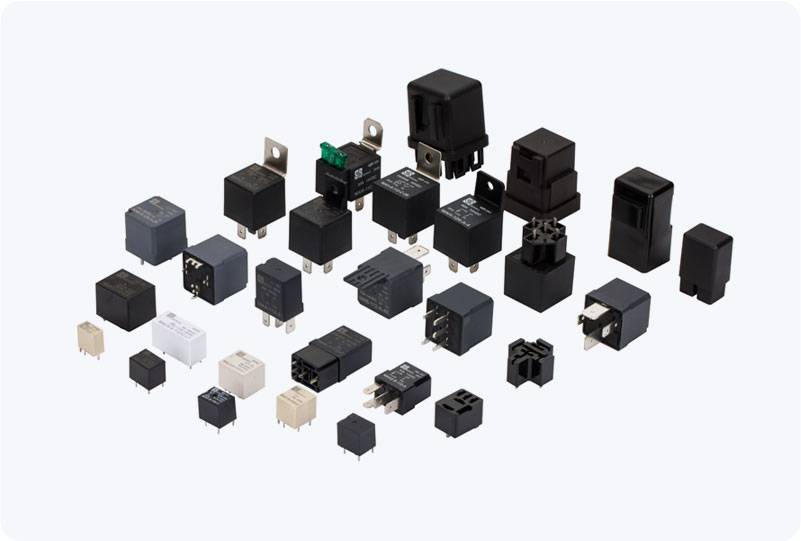In the rapidly evolving world of electric and hybrid vehicles, the importance of reliable, efficient, and safe electrical components cannot be overstated. Among these critical components, the New Energy Vehicle Relay plays a vital role in ensuring the seamless operation of electric and hybrid vehicles. These relays are essential for managing high voltage and current in the electrical systems of electric vehicles (EVs), hybrid electric vehicles (HEVs), and fuel cell electric vehicles (FCEVs). In this article, we will explore the function, types, and technological innovations of New Energy Vehicle Relays, shedding light on their importance in the automotive industry.

What is a New Energy Vehicle Relay? A relay is an electrically operated switch used to control the flow of current in a circuit. In the context of new energy vehicles, relays are primarily used to manage high-voltage direct current (DC) circuits, which power electric motors, batteries, and charging systems. These relays act as a safety mechanism, ensuring that electrical components are safely connected or disconnected when required. By performing these operations, relays prevent electrical overloads and system malfunctions, providing vital protection for both the vehicle and its components.
Leave a Reply